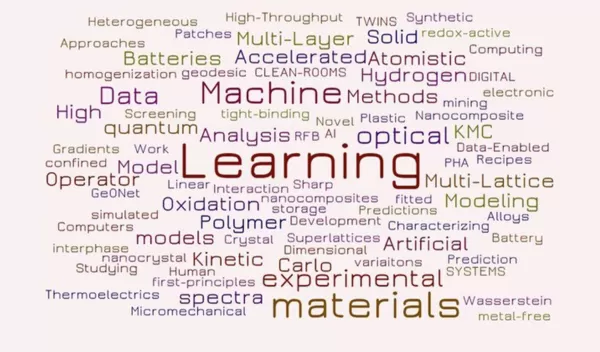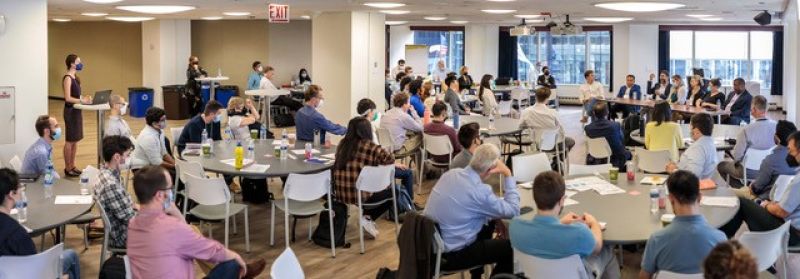
Collaborative approaches improve materials informatics workforce training
A wide range of innovative products, from biomedical implants to aerospace composites, come from research in materials informatics (MI) — the combination of machine learning, artificial intelligence and computational methodologies with materials science. As industries recognize the potential of MI to enhance rapid materials production, researchers funded by the U.S. National Science Foundation Research Traineeship (NRT) program are examining ways to strengthen workforce training at the graduate level to ensure that institutions of higher education are producing highly skilled STEM leaders in this area.
A recent Science Advances article highlights how three NSF NRT projects are focused on improving the quality of MI workforce training programs.
Each NRT project showcases how cross-disciplinary and industry partnerships are crucial to workforce training programs at the University of Chicago, Duke University and the University of Illinois. The article details how researchers at these universities are addressing the need for graduate training programs that feature rigorous preparation in AI/machine learning and materials science; interdisciplinary collaboration; and multi- institution, industry and lab partnerships. As training programs at the graduate level can often function in a silo, meaningful collaborations between programs are essential and provide graduate students with the needed interdisciplinary mindset, skills and knowledge to succeed in MI research.
That is why partnerships like these are key — NRT researchers are sharing knowledge and resources and working together to support collective goals and amplify their impact on training the next generation.

